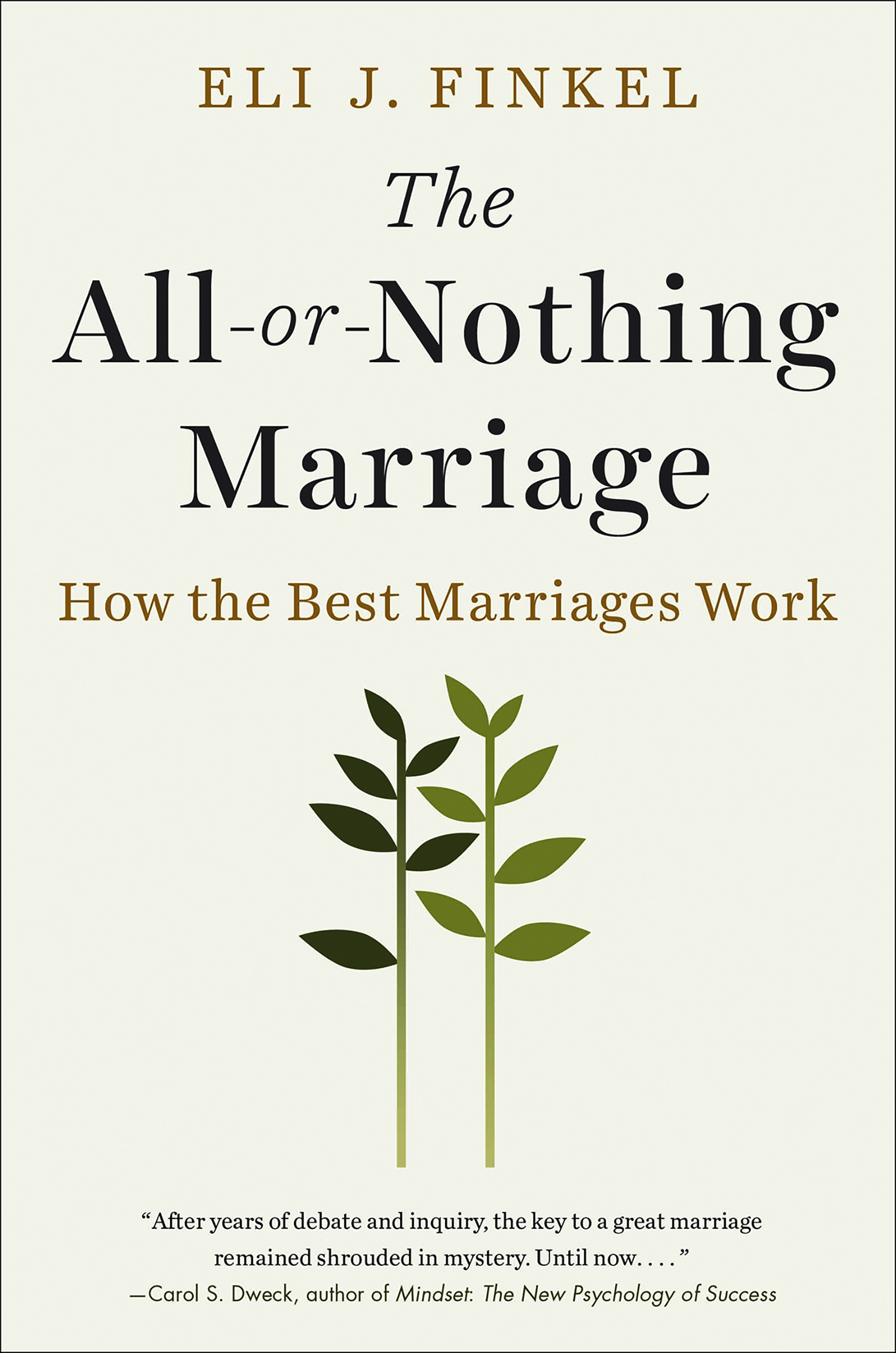
Forget Will and Kate. Forget George and Amal. And forget, even, Barack and Michelle. The ideal modern marriage is the one between Hungarian swimmer Katinka Hosszu and her American husband Shane Tusup.
Did their epic love story slip by you? Until 2012, Hosszu was a talented but unremarkable swimmer. After the London Olympics, in which she entered four races but won no medals, she asked her then boyfriend Tusup to take over as her coach. The volatile Tusup worked Hosszu much harder, pushing her to enter more races and to lift more weights, and often got visibly angry poolside at meets if she did not win. “We agreed that the goal was never to settle for O.K.,” Tusup said about their relationship. “We’re going to keep pushing, even if we don’t get it, to be great, to be amazing, to be legendary.”
In the 2016 Olympics, in Rio de Janeiro, Hosszu entered five events and won four medals, three of them gold. She’s the first swimmer ever to reach $1 million in race winnings. Her nickname, the Iron Lady, is now used for a brand of apparel.

The Hosszu-Tusup union is an extreme version of what people now expect from marriage, according to Northwestern University professor Eli Finkel. He’s the latest in a spate of authors to try to figure out what our most intimate institution has become now that it’s no longer a precondition for becoming a grownup, getting it on, ensuring economic security or having kids. In his new book, The All-or-Nothing Marriage, Finkel argues that 21st century spouses seek partners who will bring out their best, most authentic selves, who can spot potential in their mates and find, Michelangelo-like, the beautiful sculpture within the block of stone.
That does not mean today’s spouse is absolved from the conjugal responsibilities of yore. We still want security. We still want a passionate lover. We still want higher-order parenting skills. Those come standard. “We continue to view our marriage as a central locus of love and passion and we continue to view our home as a haven in a heartless world, but … a marriage that achieves those things without also promoting self-expression is insufficient,” writes Finkel.
All-or-Nothing, which draws on sages as disparate as Viktor Frankl and Carrie Bradshaw–as well as Finkel’s considerable years of research–likens the history of marriage to the ascent of a Maslow-like mountain of needs and desires. At base camp are economic and physical safety, thought to be the prehistoric drivers of our desire to pair up. At the peak are self-expression and personal growth. The problem is that as we have moved higher up the mountain, the air has become thinner and couples have needed to work harder to keep going.
Modern lovers are expected to be each other’s coach, therapist and champion, while also being vulnerable, familiar and playful. (See: Kanye and Kim, or Kimye, whose constant co-burnishing of fame and credentials is a klieg-lit illustration of Finkel’s point.) We need to figure out both what our partners need at any given point and how we, with our own challenges and quirks, might be able to provide it. And we have to do all this in the ever decreasing time we spend alone with our beloveds, a resource that has been mostly given over to kids, work and iSomethings.
But the rewards at the peak, Finkel notes, are considerable. Those people who can be both Carl Jung and Bear Bryant have better, happier, more fulfilling unions than any couples in history. “Americans [have] made marriage a more fragile institution, but they also placed within reach a whole new level of spousal connection,” he writes.
Gamely, Finkel even suggests how regular people might reach this marital nirvana. His proposals are not as revolutionary as his reframing of coupledom: Try to fight fair, be responsive to your other half, have fun, give your partner the benefit of the doubt, occasionally lower your expectations for what your partner can do for you. Also, for the love of mercy, carve out some time just for each other.
Alas, Finkel offers no solutions for the more pernicious forces that are grinding the joy out of pairing up: the lack of family-friendly employment policies, the winnowing of stable living-wage jobs for the high school–educated, the basic abandonment of the ill and aged to family care. It’s hard to reach the top of the mountain when you’re carrying so many other people.
But at a time when there is little agreement about the purpose, future and form of one of our most ancient and primal institutions, Finkel’s optimistic, data-driven attempt to capture what couples are striving for, even in the face of cultural and economic headwinds, is like a good, steadying drink. Keep calm and marry on.
More Must-Reads from TIME
- Donald Trump Is TIME's 2024 Person of the Year
- Why We Chose Trump as Person of the Year
- Is Intermittent Fasting Good or Bad for You?
- The 100 Must-Read Books of 2024
- The 20 Best Christmas TV Episodes
- Column: If Optimism Feels Ridiculous Now, Try Hope
- The Future of Climate Action Is Trade Policy
- Merle Bombardieri Is Helping People Make the Baby Decision
Contact us at letters@time.com